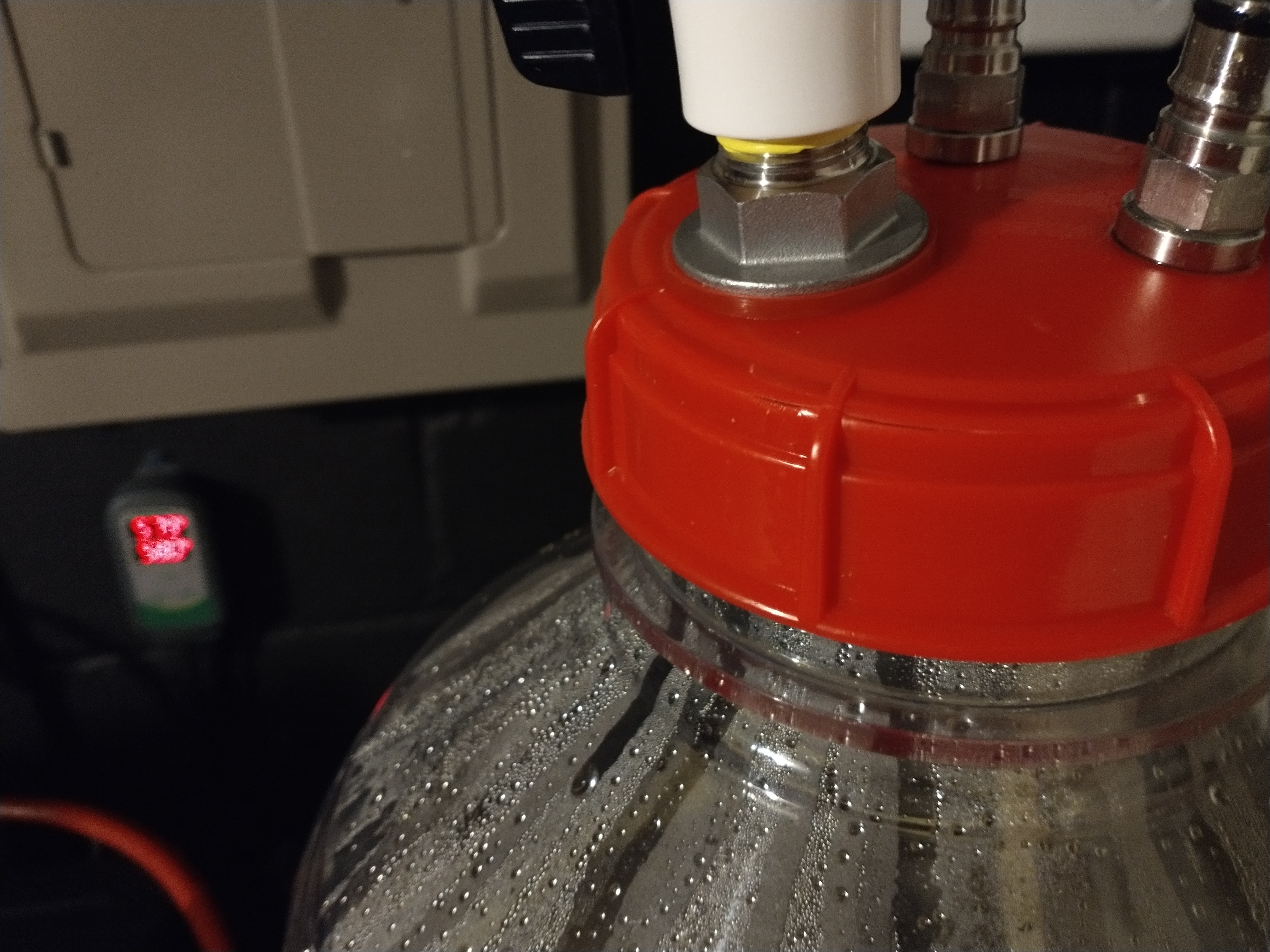Oldskewl
Well-Known Member
HopsAreGood, I have been kegging NEIPAs for several years just filling open kegs from the bottom up and purging. I too have decided to take an attempt at minimal oxygen exposure. I use SS Brewtech Brew Buckets 3.5 and 7gal. I ordered several items recommended by couchsending to add TC fittings to my lids to give me the ability to do a closed transfer.(After I attempted one via gravity and failed miserably)
2 questions I have are: 1. Do you have issues with using such a small3/16" blow-off and getting yeast into the dry hop keg or clogging altogether? 2. I assume the dry hop keg has oxygen in it and then is purged by fermentation. Then that oxygen is being pushed into the serving keg and then ultimately out into the atmosphere. Is this correct? Trying to wrap my head around using the fermentation to purge kegs instead of wasting bottled CO2
2 questions I have are: 1. Do you have issues with using such a small3/16" blow-off and getting yeast into the dry hop keg or clogging altogether? 2. I assume the dry hop keg has oxygen in it and then is purged by fermentation. Then that oxygen is being pushed into the serving keg and then ultimately out into the atmosphere. Is this correct? Trying to wrap my head around using the fermentation to purge kegs instead of wasting bottled CO2
























![Craft A Brew - Safale S-04 Dry Yeast - Fermentis - English Ale Dry Yeast - For English and American Ales and Hard Apple Ciders - Ingredients for Home Brewing - Beer Making Supplies - [1 Pack]](https://m.media-amazon.com/images/I/41fVGNh6JfL._SL500_.jpg)




































